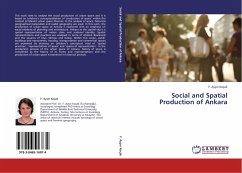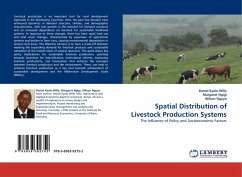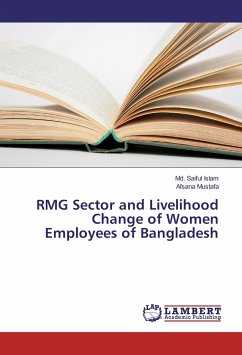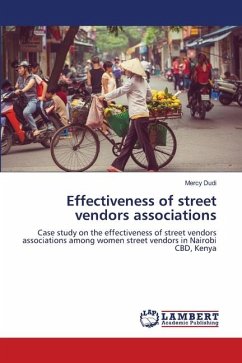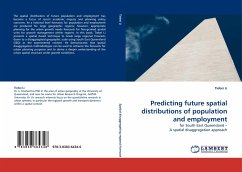
Predicting future spatial distributions of population and employment
for South East Queensland - A spatial disaggregation approach
Versandkostenfrei!
Versandfertig in 6-10 Tagen
52,99 €
inkl. MwSt.

PAYBACK Punkte
26 °P sammeln!
The spatial distribution of future population and employment has become a focus of recent academic enquiry and planning policy concerns. At a national level forecasts for population and employment are produced for large geographic regions; however, appropriate planning for the urban growth needs forecasts for fine-grained spatial units for growth management within regions. In this book, Tiebei Li presents a spatial based technique to break large regional forecasts down to a disaggregated geographic scale using South East Queensland (SEQ) as the experimental context. He demonstrates that spatia...
The spatial distribution of future population and employment has become a focus of recent academic enquiry and planning policy concerns. At a national level forecasts for population and employment are produced for large geographic regions; however, appropriate planning for the urban growth needs forecasts for fine-grained spatial units for growth management within regions. In this book, Tiebei Li presents a spatial based technique to break large regional forecasts down to a disaggregated geographic scale using South East Queensland (SEQ) as the experimental context. He demonstrates that spatial disaggregation methodologies can be used to enhance the forecasts for urban planning purposes and to derive a deeper understanding of the urban spatial structure under growth conditions.



![DISCRETE PROBABILITY AND PROBABILITY DISTRIBUTIONS - II [2 Credits] Statistics Cover DISCRETE PROBABILITY AND PROBABILITY DISTRIBUTIONS - II [2 Credits] Statistics](https://bilder.buecher.de/produkte/59/59872/59872296n.jpg)

